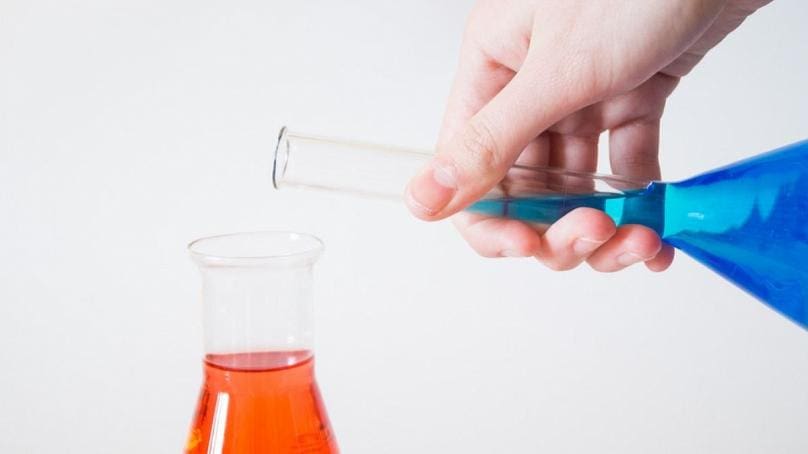WATERLESS FASHION: DOES THE DYEING INDUSTRY NEED TO USE WATER?

Fashion’s dyeing industry is exhausting one of our most crucial resources. The World Bank Group has calculated that 17-20% of all water pollution comes from textile dyeing treatments alone. In addition to pollution pitfalls, there’s also the alarming issue of water waste. In order to dye 1 tonne of fabric, 200 tonnes of water is required. To rub salt into the wound, 1 tonne of fabric doesn’t even equate to producing 0.5% of the estimated 80 billion garments the fashion industry manufactures a year. Evidently these dyeing processes are a colossal strain on our waterways.
IS THERE A SOLUTION TO THIS PROBLEM?
Fortunately, there’s a solution that’s starting to expunge the destructive components of dyeing fabric. The method is waterless and uses the power of carbon dioxide (CO2.) This process has multiple advantages, from geographical freedom to closed loop circuits and energy reductions.
Geographical freedom is an impressive environmental and business advantage. Prior to CO2 dye machines, the process of dyeing was restricted to areas with large water sources. Now, with waterless technology this production can theoretically occur anywhere. This prevents the release of toxins into waterways and allows businesses to choose a location that can reduce unnecessarily long transportation and the overall production length. This is quite a triumph for the environment and for textile producers!

Dyed fabric
The elimination of water also enables the development of CO2 closed loop circuits. These circuits aim to re-use as much CO2 as possible in their production life cycle, which has multiple benefits for the environment. This is a comforting result, in comparison to the monumental water loss that occurs in water based dyeing procedures.
Another advantage to a dry process is minimised energy consumption. When the evaporation of water is eliminated, considerable amounts of energy can be conserved. Energy can be further maximised if companies incorporate shorter batch cycles and dyes that have higher colour absorption rates.
WHICH COMPANIES ARE USING THIS WATERLESS DYEING SYSTEM?
While these alterations may seem wrought with complexities, there is one company reaping the benefits of waterless dye. DyeCoo has effectively harnessed the waterless method. Founded in 2008 the company is the world’s very first supplier of CO2 dyeing equipment. DyeCoo prides itself on re-using 95% of all CO2 within their unique closed loop process.
This process can be conducted on an industrial scale and can actually reduce manufacturing costs. Get ready for some positive statistics. Each dye machine produced by DyeCoo can save 15 million litres of water and 6,500 kilograms of processing chemicals every year. DyeCoo has also established its own range of 100% pure dyes that eliminates the need to add harsh chemicals – which is the icing on the cake for this innovative company.

Unnecessary processing chemicals
The advantages of DyeCoo’s methods have gained the attention of brands such as Nike, Adidas and IKEA, all of whom have used this process to dye their own products. Nike has gone a step further and opened its own water-free dyeing facility in Taiwan, employing the use of DyeCoo equipment. If more brands of this calibre and size could support waterless dyeing, there would be drastic reductions in water pollution and waste.
Waterless dyeing is a leap forward in the world of sustainability. Could this be another step towards the long-awaited harmony between fashion and nature.

